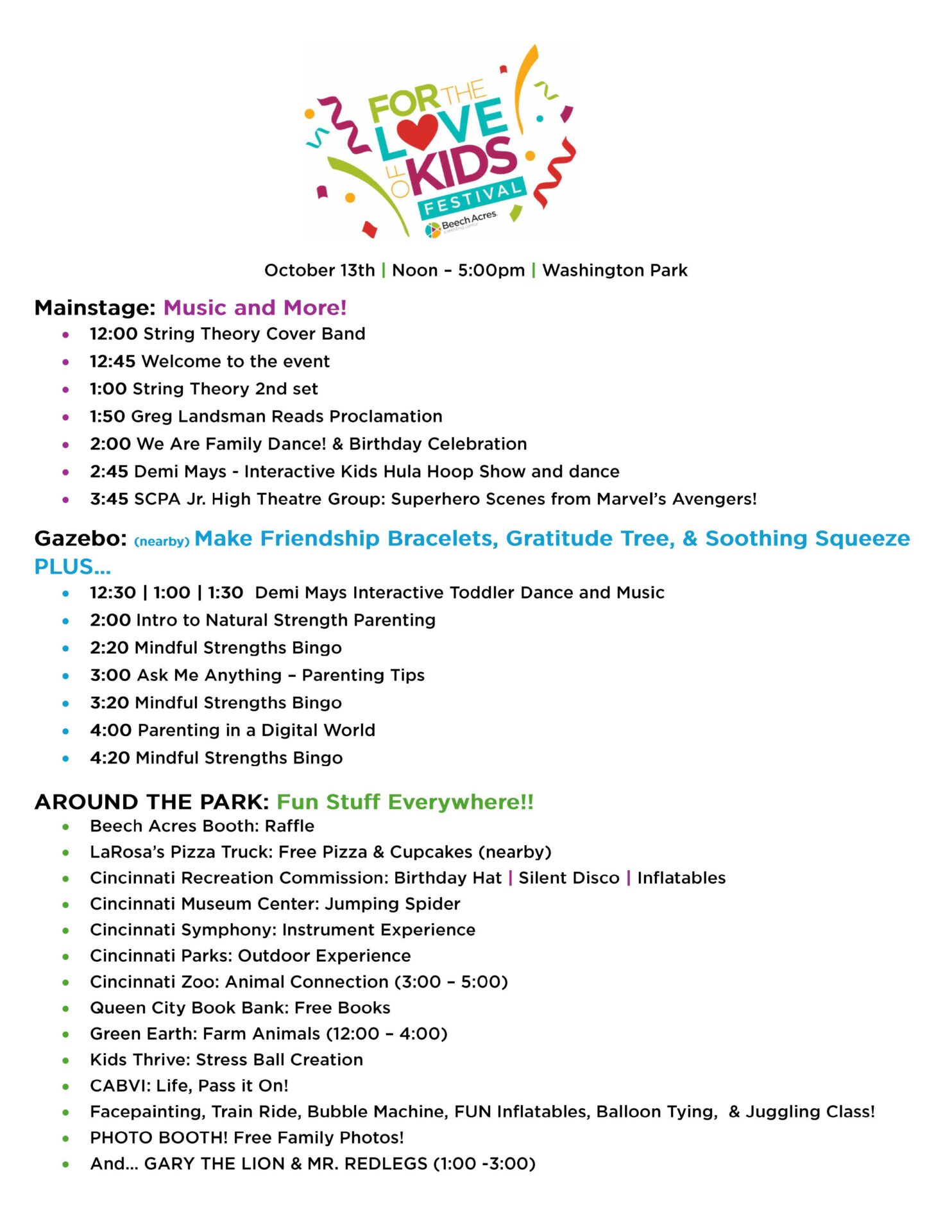By: Sarah Fields, Marketing and Design Coordinator
Each month, communities worldwide come together to raise awareness for important causes. In May, we celebrate the rich heritage of Jewish Americans, Asian American Pacific Islanders, and Haitians. May is also recognized as Mental Health Awareness Month, a time to reflect on how far we’ve come and how far we still have to go.

As a society, we’re beginning to acknowledge an uncomfortable truth—most mental health research has historically focused on white men. Too often, systems of care assume a one-size-fits-all approach, ignoring the unique needs shaped by our diverse backgrounds and experiences. But time and time again, we are reminded, loud and clear, that we are not all the same. Racial and ethnic minority groups often experience poorer mental health outcomes due to barriers such as lack of access to quality care, cultural stigma, and discrimination (Psychiatry.org).
If we’ve learned anything, generalizations aren’t just misleading but dangerous. They erase the richness of our unique histories, experiences, and struggles. When we talk about mental health, we must recognize that identity, culture, and background shape not only how we experience mental health challenges but also how we seek help and whether the systems meant to support us are equipped to meet our needs. Treatment gaps persist across racial and ethnic lines—69.8% of white individuals with serious mental illness receive treatment, compared to only 51.7% of Hispanic or Latino individuals, 55.8% of Black or African American individuals, and 57.6% of American Indian or Alaskan Native individuals (NAMIGA.org).
As we honor Jewish American, Asian American Pacific Islander, and Haitian heritage this month, we are reminded that mental health cannot be separated from cultural identity. Experiences of immigration, racism, generational trauma, and resilience all influence well-being. For example, Asian American and Pacific Islander communities experience unique challenges, with 2.7 million individuals facing mental health or substance use disorders. Yet, cultural and structural barriers prevent many from accessing care (Psychiatry.org). American Indian and Alaska Native populations, too, experience disproportionately higher rates of mental health struggles, often linked to intergenerational trauma (Psychiatry.org).
Youth mental health also presents critical concerns. Suicide rates among Ohio high schoolers increased by 54% from 2012 to 2020, compared to a 29% increase nationwide (HopefulEmpoweredYouth.org). Marginalized communities, particularly Black youth, face significant mental health disparities—16% of Black youth report poor mental well-being compared to only 4% of their white peers (HopefulEmpoweredYouth.org). Yet, a disconnect remains between young people and adults; while 39% of youth report feeling anxious all or
most of the time, 91% of parents rate their child’s mental health as good, very good, or excellent (InteractForHealth.org).
Awareness is only the first step. True equity requires listening to diverse voices, challenging outdated assumptions, and committing to research and care practices that honor the full spectrum of human experience. Youth themselves have identified barriers such as limited access to affirming care, a lack of trusted adults, and community safety concerns as significant obstacles to their well-being (HopefulEmpoweredYouth.org). Trauma-informed approaches and youth-led strategies are crucial to addressing these disparities (HopefulEmpoweredYouth.org).
Let’s celebrate the richness of our collective heritage in May and every month by building a future where every story is valued, and every need is met with understanding and respect.





